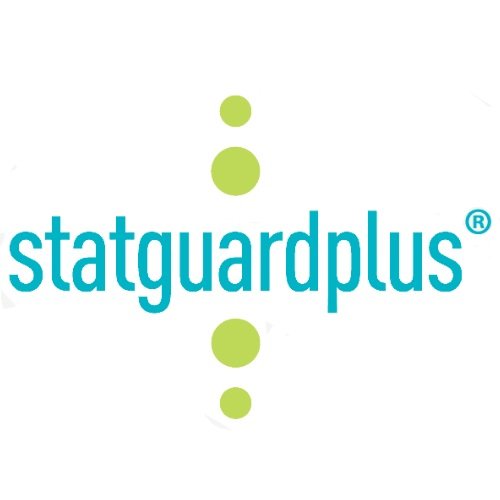Are HVAC systems dangerous to your health at this times of COVID-19?
From the World Health Organization (WHO) research, COVID-19 spreads between people through direct, indirect (through contaminated objects or surfaces), or close contact with infected people via mouth and nose secretions. These include saliva, respiratory secretions or secretion droplets. These are released from the mouth or nose when an infected person coughs, sneezes, speaks or sings, for example. People who are in close contact (within 1 metre) with an infected person can catch COVID-19 when those infectious droplets get into their mouth, nose or eyes. If these droplets land on or are inhaled by others nearby, they could transmit the Corona virus.
What happens if you are in an enclosed location such as elevator, room or even the house. The WHO guidelines state that airborne transmission of the Corona virus may be possible indoors, especially for people who spend extended periods in crowded, poorly ventilated rooms.
HVAC with high-speed air flows past an infected person can potentially spread the virus. But hey, we can do something about it.
Instructions below can be considered by HVAC technicians.
1. Replacing fixed-speed fan motors with variable-speed ones to enhance the control of airflow and allow for a minimum setting that produces lower speed airflow.
2. Introducing sophisticated airflow-control systems, such as those that are sensitive to pressure, to allow for smoother adjustment of airflow.
3. Installing high-performance air-purification systems.
Filtration - Air is forced through fiber-based material or membrane. Efficacy varies, depending on filter type. Virus can still be active.
Irradiation - Uses electromagnetic radiation, most commonly ultraviolet-C light, to deactivate pathogens. It can't be used in occupied spaces, since light may be harmful to skin and eyes. Only practical when light can reach surfaces, many technical issued must be considered when installed.
Thermal - High intensity targeted heating. Can be deployed in stand-alone units or through HVAC systems. It required air to be exposed to heat for significant periods and thus may be difficult to apply when there is a continuous flow.
Other - includes ionized purifiers and ozone generators; mechanism of action varies by technology.
Please note that for irradiation and thermal, virus is made inactive via sterilization process, which can be challenging for a continuous stream of air or aeorosol.
It is always good to keep a 1 meter distance in social distancing to make sure that everyone is safe no physical contact is being practiced.
References:
#hvac #thermostats #saveenergy #controlenergy #energydrain #smallbusiness #retail
